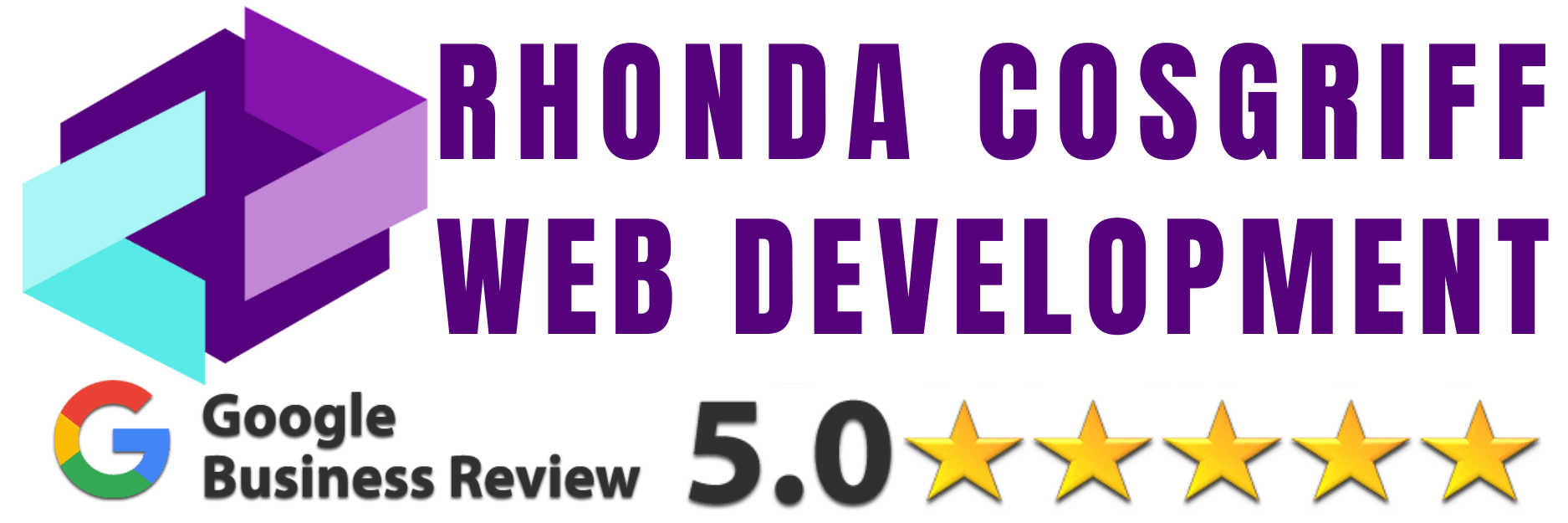On-Site SEO: Boost Your Search Engine Rankings with Effective Strategies
Des Moines Web Designer Rhonda Cosgriff Designs and Search Engine Optimization expert
In the competitive world of online business, having a visually appealing and user-friendly website is not enough to attract organic traffic and achieve a strong online presence. You need to optimize your website for search engines to ensure that your target audience can find you easily. This is where On-Site SEO (Search Engine Optimization) comes into play. On-Site SEO refers to the practice of optimizing various elements on your website to improve its visibility and relevance in search engine results. In this article, we will explore the key strategies for On-Site SEO that will help you boost your search engine rankings and attract more potential customers.
1. Keyword Research and Optimization
Keywords are the foundation of any successful SEO strategy. Proper keyword research is essential to identify the words and phrases your target audience is using to search for products or services related to your business. Utilize keyword research tools to discover high-traffic, relevant, and low-competition keywords that align with your content.
Once you have identified the target keywords, optimize your website’s content to include them strategically. Incorporate the keywords naturally in the title tags, meta descriptions, headers, and throughout the content. Avoid keyword stuffing, as it can lead to penalties from search engines and a negative user experience.
2. High-Quality and Relevant Content
Content is king in the world of SEO. High-quality and relevant content not only engages your audience but also signals search engines that your website is a valuable resource. Create informative, original, and shareable content that addresses the needs and interests of your target audience.
Regularly update your website with fresh content, such as blog posts, articles, videos, infographics, and more. Engaging content encourages visitors to spend more time on your website, reducing bounce rates and increasing the likelihood of conversions.
3. Page Speed and Mobile Responsiveness
In today’s mobile-centric world, page speed and mobile responsiveness are critical ranking factors. Slow-loading websites can frustrate users and lead them to abandon your site, resulting in a higher bounce rate. To improve page speed, optimize image sizes, enable browser caching, and choose a reliable hosting provider.
Additionally, ensure that your website is mobile-responsive, meaning it adapts to different screen sizes and devices. Mobile-friendly websites not only improve user experience but also receive a rankings boost from search engines, especially in mobile search results.
4. Optimize Meta Tags and Descriptions
Meta tags, including title tags and meta descriptions, are HTML elements that provide concise information about the content of your web pages to search engines. Writing compelling and relevant meta tags can increase the click-through rate (CTR) and attract more organic traffic to your website.
Craft unique and descriptive title tags for each page, incorporating the target keyword naturally. Keep the meta descriptions within the recommended character limit (around 150-160 characters) and use them to entice users to click on your link in search results.
5. Internal Linking and Site Structure
Internal linking refers to connecting different pages within your website through hyperlinks. It helps search engines crawl and index your pages more effectively, as well as establishes a hierarchy and structure for your website.
Create a logical site structure with a clear navigation menu. Use relevant anchor texts for internal links, as it helps both search engines and users understand the context and content of the linked page. A well-organized site structure enhances user experience and encourages visitors to explore more pages on your website.
6. Secure Your Website with HTTPS
Website security is paramount in today’s digital landscape. Google and other search engines prioritize secure websites with SSL certificates, signified by “HTTPS” in the URL. Secure websites provide encrypted communication between the server and the user’s browser, ensuring data privacy and integrity.
Implementing HTTPS not only boosts your search engine rankings but also instills trust in your website visitors, which is essential for building a loyal customer base.
Conclusion
On-Site SEO plays a crucial role in determining your website’s success in the highly competitive online landscape. By implementing the strategies mentioned above, you can optimize your website effectively, improve its search engine rankings, and attract more relevant traffic. Remember that SEO is an ongoing process, and staying up-to-date with the latest trends and algorithms will help you maintain a strong online presence and drive continuous growth for your business.
The websites we design come with basic on-site SEO. If you would like to know more about advanced SEO click here.
Advanced SEOTo find out about off-site SEO click here
Off-site-SEODes Moines Web Design, Development & Marketing | Rhonda Cosgriff Designs








